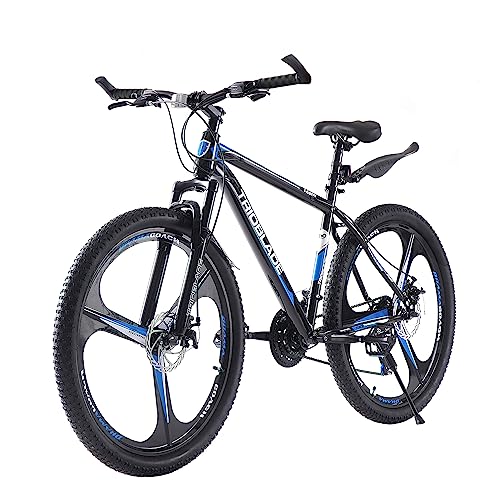What Determines the Average Speed of a Bicycle?
The average speed of a bicycle can vary depending on several factors, including the cyclist’s fitness level, the type of bike they are riding, the terrain they are cycling on, and external factors such as weather conditions. Let’s take a closer look at each of these factors and how they contribute to the average speed of a bicycle.
Cyclist’s Fitness Level
One of the most significant determinants of a cyclist’s average speed is their fitness level. A well-trained and experienced cyclist will generally be able to attain higher speeds compared to someone who is relatively new to cycling or has a lower fitness level. Regular training, including cardiovascular exercises and strength training specific to cycling, can significantly improve an individual’s cycling speed over time.
Type of Bike
The type of bike being used can also affect the average speed a cyclist can achieve. Different types of bicycles, such as road bikes, mountain bikes, or hybrid bikes, have distinct features that can impact speed. Road bikes, for example, are designed to be lightweight and aerodynamic, allowing cyclists to maintain higher speeds on smooth pavement. On the other hand, mountain bikes are designed to handle rough terrains and may not be as efficient when it comes to speed on paved roads.
Terrain
The terrain on which a cyclist is riding plays a significant role in determining their average speed. Riding on flat and smooth surfaces, such as well-paved roads or cycling tracks, allows for faster speeds compared to hilly or uneven terrains. This is because uphill climbs require more effort and can slow down even the most experienced cyclists. Additionally, strong headwinds or tailwinds can also affect a cyclist’s speed. Headwinds can create resistance and reduce speed, while tailwinds can provide a helpful push and increase speed.
Weather Conditions
Weather conditions, such as temperature, humidity, and precipitation, can also impact a cyclist’s average speed. Extreme weather conditions, such as high temperatures or heavy rain, can make cycling more challenging and slower. Additionally, wet or slippery roads can affect traction, requiring cyclists to reduce their speed to maintain safety.
Other Factors
There are also other factors that can influence a cyclist’s average speed, such as the cyclist’s weight and bike maintenance. A heavier cyclist may require more effort to pedal and, therefore, may have a lower average speed compared to a lighter cyclist. Similarly, a poorly maintained bike with uncleaned or worn-out components, such as tires or drivetrain, can cause friction and reduce overall speed.
In conclusion, the average speed of a bicycle is influenced by various factors, including the cyclist’s fitness level, the type of bike they are riding, the terrain they are cycling on, and weather conditions. To improve average cycling speed, it is essential for cyclists to focus on their fitness, choose the right type of bike for their intended terrain, and consider external conditions that may affect their speed. Regular training, maintenance, and experience can all contribute to increasing a cyclist’s average speed over time.






